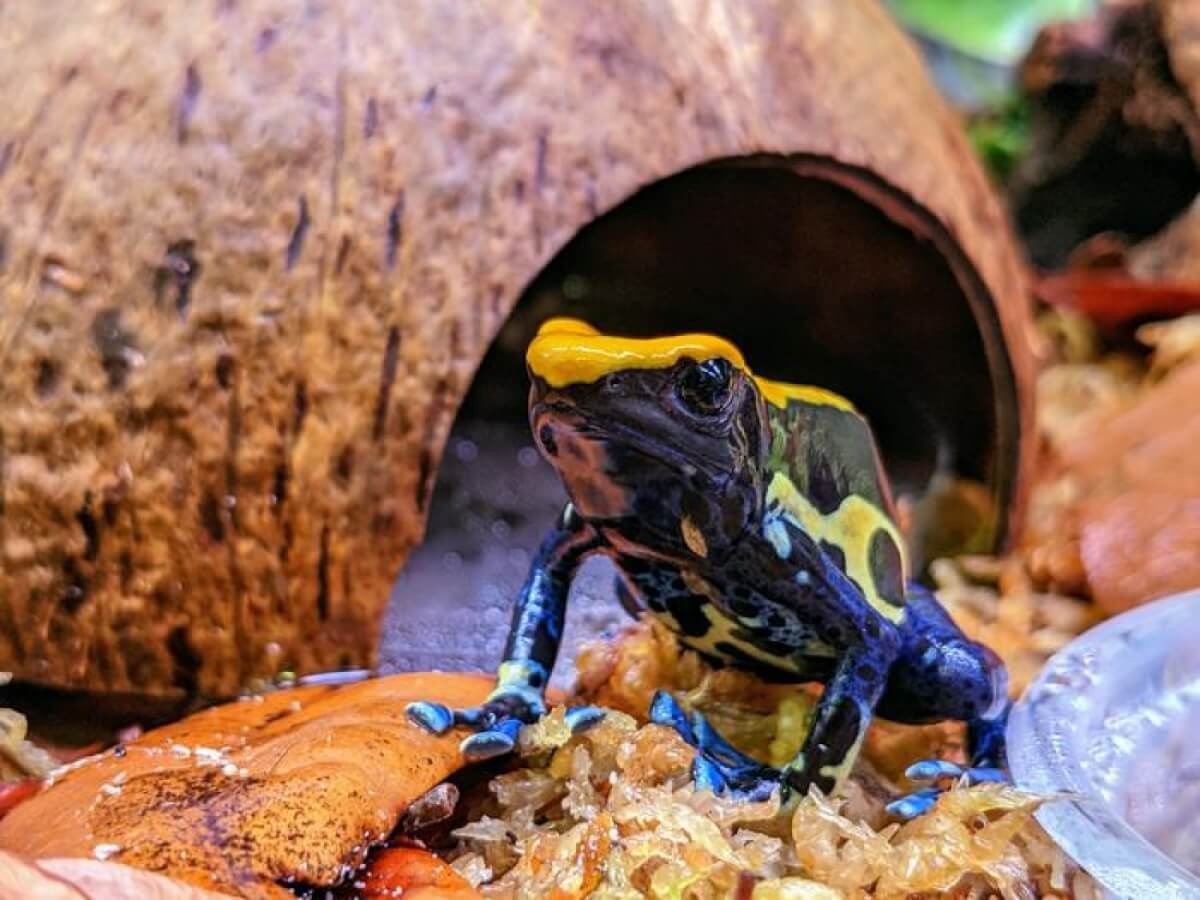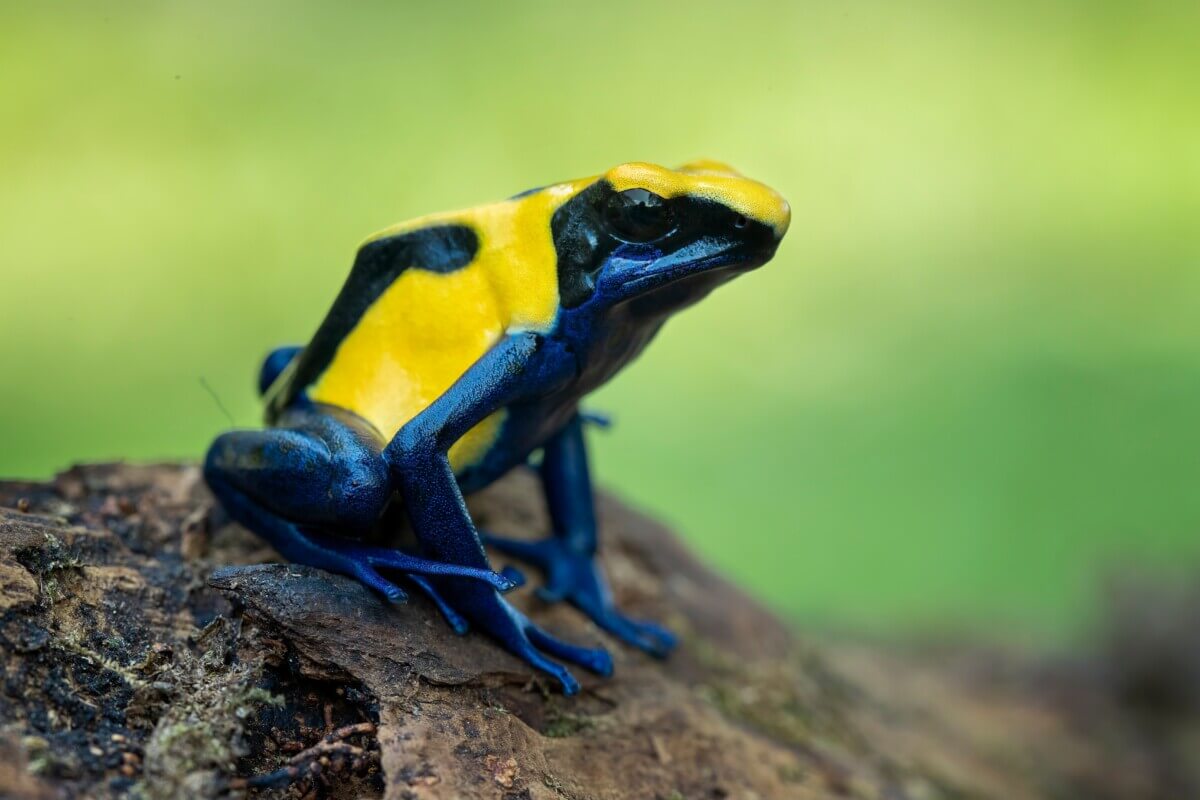
The role of toe tapping behavior in poison frogs is poorly understood. (CREDIT: Sarah Westrick)
URBANA, Ill. — If you've ever kept poison dart frogs as pets, you've probably noticed their peculiar habit of tapping their back feet constantly. While this toe-tapping has long puzzled researchers, a new study is finally shedding light on its purpose. Scientists from the University of Illinois Urbana-Champaign have discovered that these brightly colored amphibians use their toe taps as a hunting strategy to capture prey more effectively.
The findings, in a nutshell
The key finding, published in the journal Ethology, is that Dyeing poison frogs harmonize their tapping rate based on different environments and situations. When stalking living, mobile prey like fruit flies, the frogs significantly increase their toe-tapping compared to when the prey is visible but confined behind a barrier. This suggests that tapping plays an active role in improving hunting success rather than just being an excited reaction.
So, how exactly does the toe-tapping help? One theory is that the subtle vibrations startle or distract the prey, making it easier for the frogs to snatch them up. However, the researchers did not find a direct correlation between tapping rate and feeding success across different surface types. More research is necessary to definitively prove this potential “luring” mechanism.

How did scientists figure this out?
To unravel the mystery behind the Dyeing poison frogs' tapping, the researchers took a systematic approach by observing and quantifying the behavior under various controlled conditions. First, they filmed the frogs hunting fruit flies using an iPhone's slow-motion camera. By counting each tap from the video footage, they could calculate an accurate “taps per minute” rate for each frog's feet. This allowed precise measurements for different scenarios.
Next, the frogs were presented with fruit flies in both free-roaming and enclosed Petri dish setups. Confirming their hypothesis, the tapping rate was significantly higher (166 taps/minute) when the frogs could actively pursue and consume the prey compared to when the flies were merely visible but inaccessible (50 taps/minute).
To test if the tapping aided in startling or vibrating the prey, the researchers placed the frogs on four distinct surface types: soil, leaves, gel, and glass. Surprisingly, while the tapping rates varied considerably between surfaces, there was no corresponding difference in overall feeding success. Leaves promoted the highest tapping at 255 taps/minute, while glass was the lowest at 64 taps/minute.
Although the exact mechanisms are still unclear, the study conclusively demonstrated that toe-tapping is an important hunting behavior in poison frogs, not merely an excited reaction. Future research aims to explore other potential triggers, such as social interactions with other frogs, as well as the underlying muscle anatomy enabling this unique ability.
What do the researchers say?
“We already knew the answer to this, but it was great to see that the tapping increased in the presence of the prey,” says Eva Fischer, an assistant professor of integrative biology at the University of Illinois, in a media release.
“The idea was that if they’re excited, we might see something different based on whether they can catch the flies,” Fisher continues. “These results suggested that since they kept trying to eat in both cases, the tapping was not just out of excitement.”
“It would be cool to look at the anatomy and see how the muscles work,” the study author concludes. “Ultimately, we could ask whether all frogs can tap their toes if they have the right muscles or whether there’s something special about the anatomy of poison frogs.”










